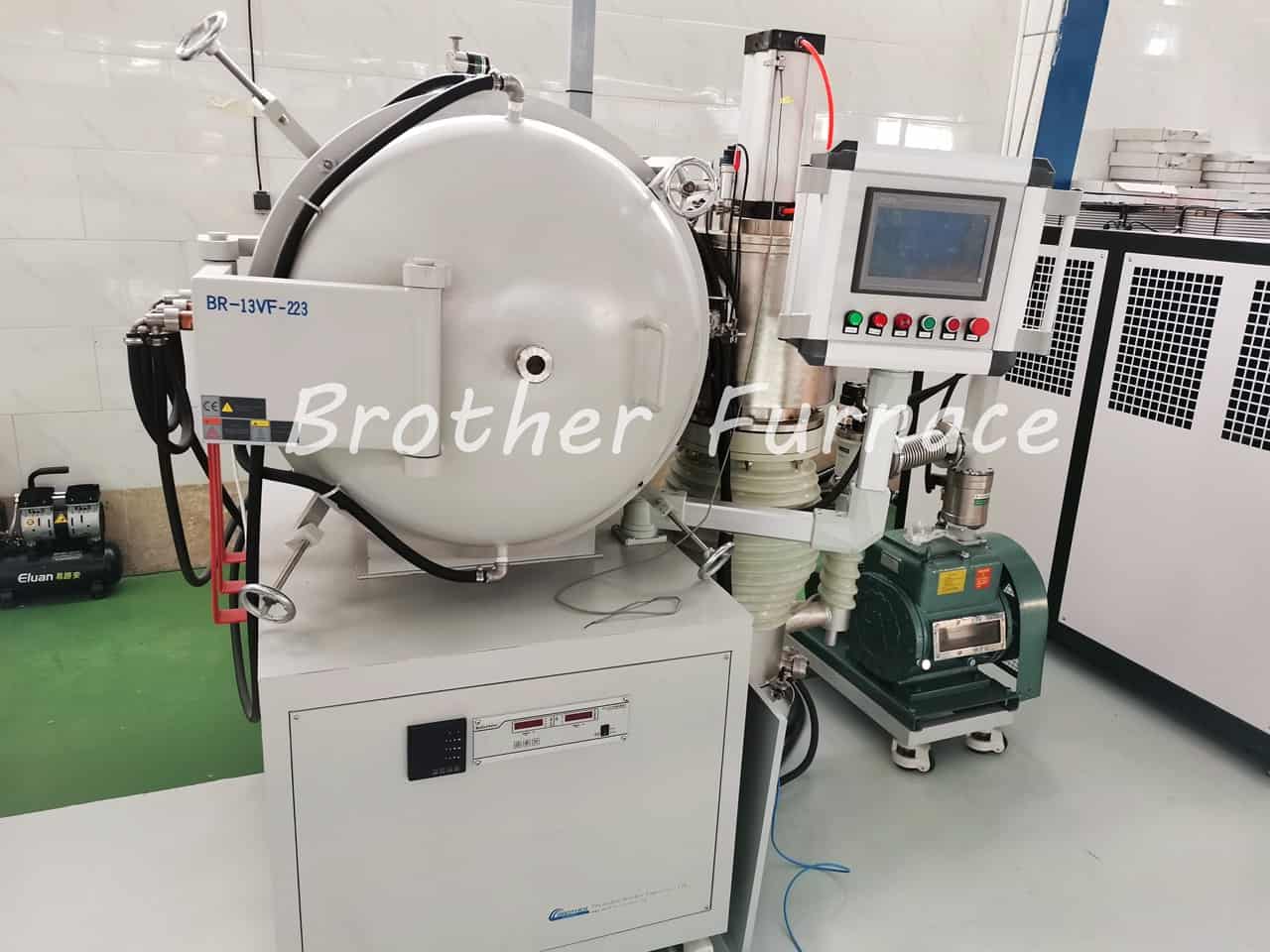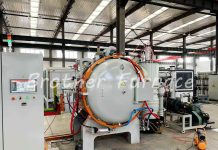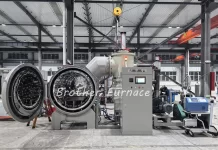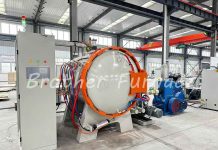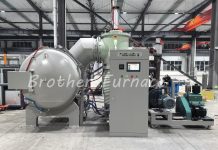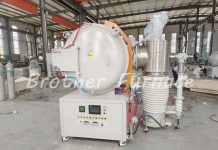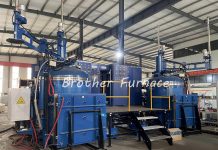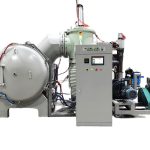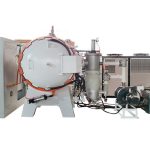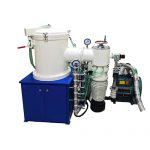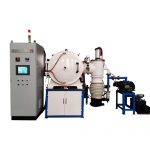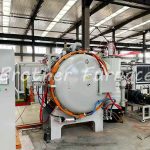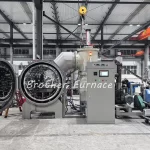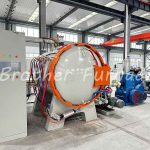Vacuum Furnace Brazing, this versatile and sophisticated technique has a wide range of applications in various industries, owing to its ability to create strong, durable, and leak-tight joints. Let’s dive deep into the intricacies of this fascinating process.
Introduction to Brazing
Brazing is a metal-joining process that uses a filler metal with a melting point lower than that of the base metals to be joined. The filler metal flows into the joint by capillary action, creating a bond between the base metals when it solidifies. The resulting joint is strong, corrosion-resistant, and capable of withstanding high temperatures and pressures.
Vacuum Furnace Brazing: A Brief Overview
Vacuum furnace brazing is a specialized brazing process that takes place in a vacuum chamber or furnace. The vacuum environment eliminates the need for a flux, prevents oxidation, and ensures a clean, high-quality joint. This process is particularly well-suited for joining complex components, sensitive materials, and assemblies that require precise temperature control.
The Vacuum Furnace Brazing Process
1. Cleaning and Preparation
The first step in the vacuum furnace brazing process is to thoroughly clean the parts to be joined. This ensures that there are no contaminants (such as oil, grease, or oxides) that could interfere with the brazing process. Parts are typically cleaned using methods such as ultrasonic cleaning, vapor degreasing, or chemical etching.
2. Assembly and Fixturing
After cleaning, the parts are assembled and fixtured to maintain proper alignment and spacing during the brazing process. Fixtures are generally made of materials that have a low coefficient of thermal expansion and do not react with the base metals or the brazing filler metal.
3. Application of Brazing Filler Metal
The brazing filler metal is applied to the joint area in the form of a preform, paste, or wire. The filler metal is carefully selected based on the materials being joined and the desired properties of the final assembly.
4. Brazing in the Vacuum Furnace
The assembled parts are then placed in the vacuum furnace. The furnace is evacuated to remove any residual gases, which could cause oxidation or other undesirable reactions during the heating process. The vacuum level is typically maintained at a pressure below 10^-3 Pa.
The furnace temperature is gradually increased to the brazing temperature, which is usually between 500°C and 1200°C. This allows for proper heat distribution and minimizes thermal stresses. The brazing temperature is maintained for a specified amount of time to allow the filler metal to melt, flow, and wet the base metals, creating a strong joint.
5. Cooling and Post-Brazing Treatments
After the brazing process is complete, the furnace is slowly cooled to room temperature to minimize thermal stress and distortion. Once the parts have cooled, they are removed from the furnace and inspected for quality. If necessary, post-brazing treatments such as heat treatment, machining, or surface finishing may be performed to achieve the desired properties and appearance.
Advantages of Vacuum Furnace Brazing
- High-quality joints with minimal voids and excellent mechanical properties.
- No need for flux, which eliminates potential contamination and post-brazing cleaning.
- Reduced oxidation and scaling, resulting in cleaner joints.
- Precise temperature control, which allows for the joining of materials with different melting points.
- Suitable for joining complex components and assemblies.
- The environmentally friendly process with minimal waste generation.
In Summary
vacuum furnace brazing is a powerful and versatile metal-joining process that offers numerous advantages over traditional brazing methods. Its applicability across various industries, including aerospace, automotive, electronics, and medical, is a testament to its effectiveness in producing strong, reliable, and high-quality joints.
Check out our Vacuum Brazing Furnace details…
More vacuum furnaces :
- Vacuum Furnace up to 1700℃
- Vacuum Induction Melting Furnace
- Graphite Vacuum Furnace up to 2200℃
- Vacuum Gas Quenching Furnace
- Vacuum Hot Press Furnace
Follow us on Facebook


